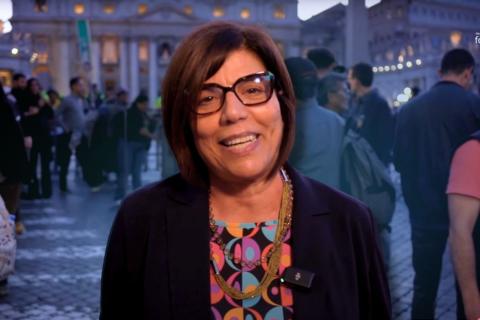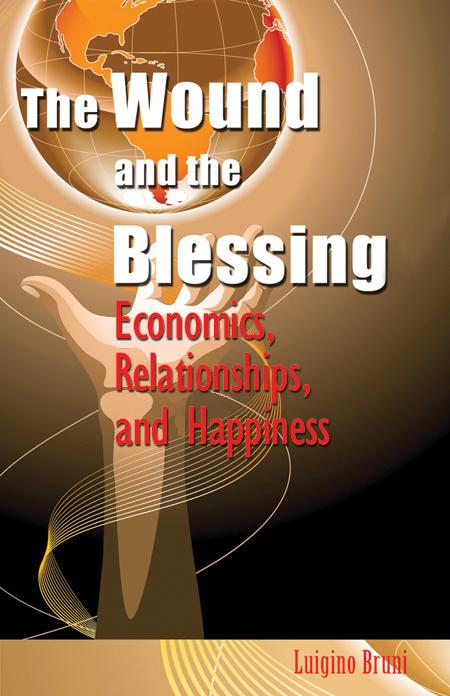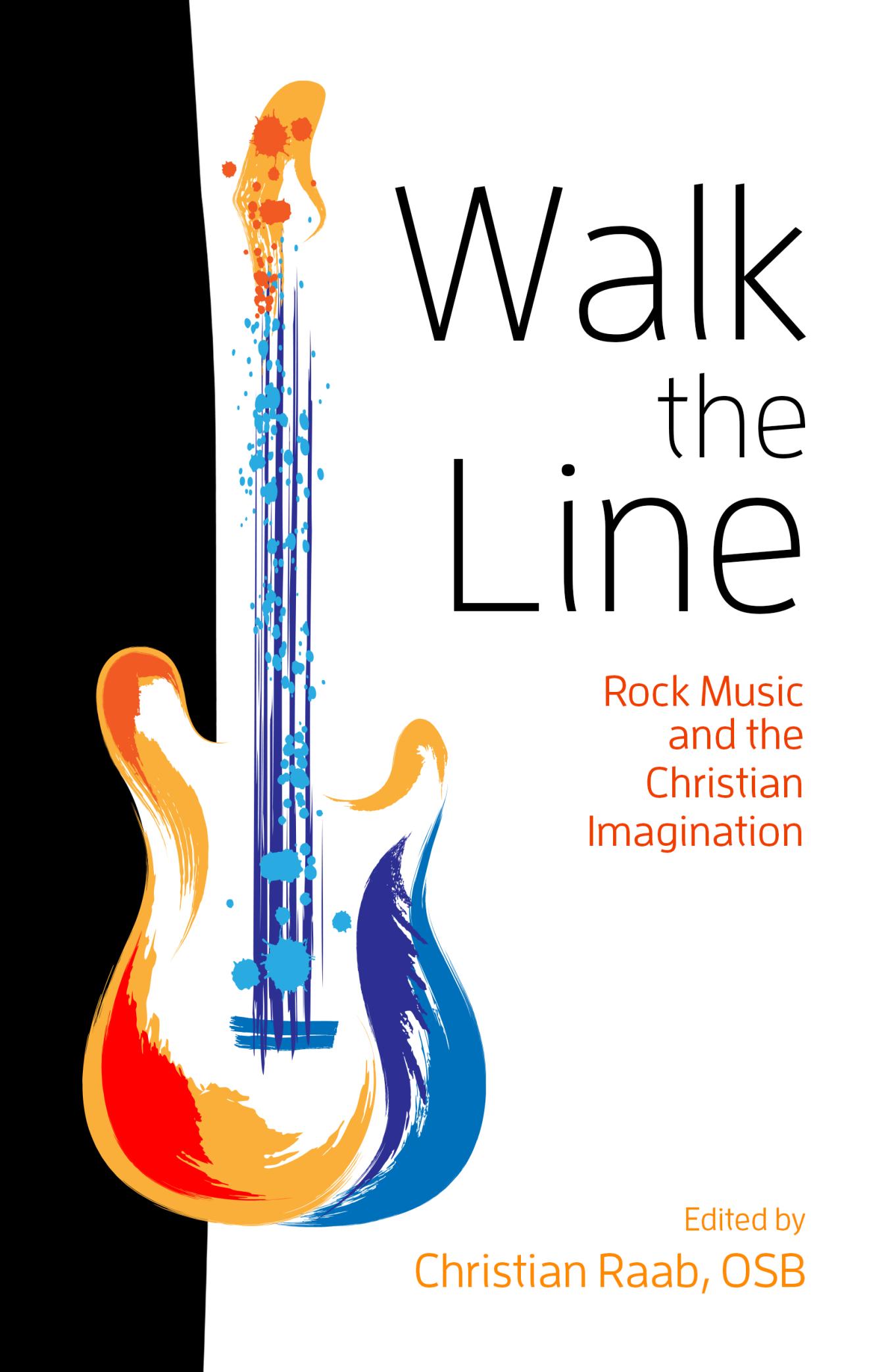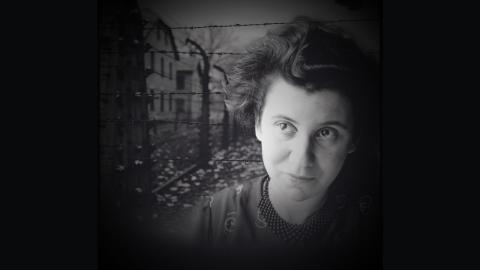“The eye through which I see God is the same eye through which God sees me; my eye and God’s eye are one eye, one seeing, one knowing, one love,” said the Christian medieval mystic Meister Eckhart.
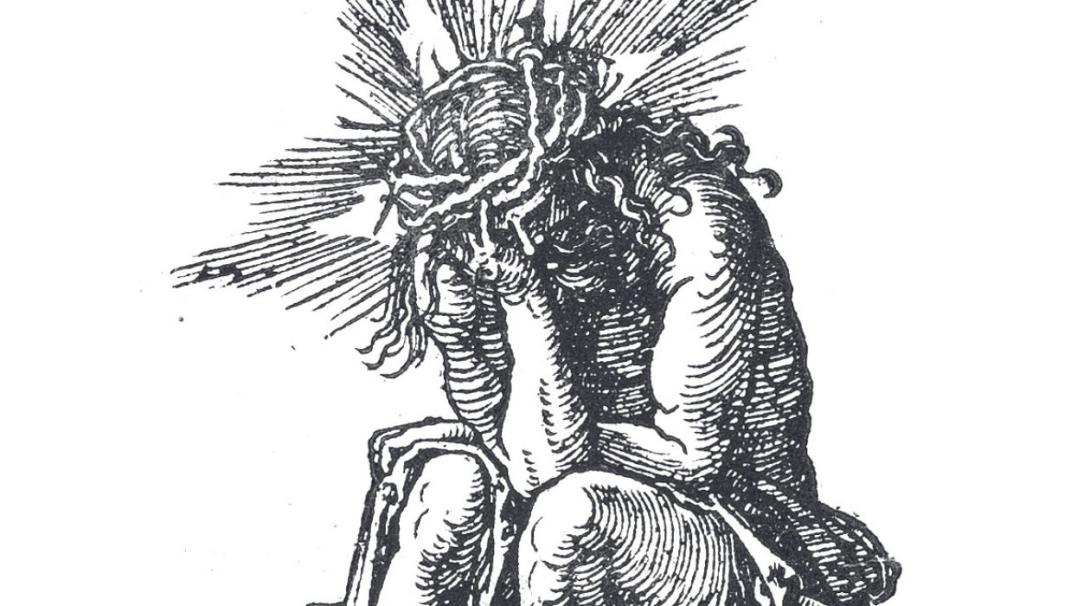
© Art by metmuseum.org
Before he could read English, the Indian poet and polymath, Rabindranath Tagore came upon a book of Alfred Lord Tennyson in his older brother’s library and the volume was full also of drawings by Gustave Doré. Tagore remembered: “I wandered among its colored plates. I could make nothing of the text, but it nevertheless spoke to me in inarticulate cooings rather than words.”
I’m no art afficionado, but I enjoy books with pictures too, and especially those with religious art. I sometimes visit museums and just sit and stare.
Except, when the pictures—or paintings—are of a religious nature, what we might normally call staring is more akin to gazing. “The eye through which I see God is the same eye through which God sees me; my eye and God’s eye are one eye, one seeing, one knowing, one love,” said the Christian medieval mystic Meister Eckhart. I understand this, or at least I am trying to. Certain art makes it possible to practice.
I remember, twenty years ago, standing speechless for an hour in front of original prints meticulously curated, framed, and annotated on the maroon and green walls of The Fogg Museum at Harvard University. The exhibit was called Dürer’s Passions. Leaving that exhibit, I went directly to the gift shop to buy the book of reproductions. To see them on the walls brought me to a stop, to notice, and then to carry that book felt almost like having God in my hands.
The truth is, I felt embarrassed viewing Passion prints mounted on walls with other people milling about, standing around. I remember one young couple beside me as I contemplated the Flaggelation discussing where to go afterwards for lunch. There was also a man in a nice suit glancing occasionally at his newspaper. I felt like a voyeur, at best, looking at prints that were designed to create believers.
The print medium, performed so beautifully by Albrecht Dürer in the sixteenth century, was designed for private viewing. I’m normally not so absorbed in appreciating Christ’s gruesome final day—those scenes of agony, scourging, mocking, humiliation, lamenting, and bleeding out. But on that occasion, they held me close.
They are difficult to look at. Your eye wants to wander. On the museum walls that day, they were each sized about 5” x 3 ½”, mounted very simply, just below eye level. Maybe the other people milling about were right—maybe it was best to glance at one or two and then start thinking about where to have lunch.
I remember one young couple beside me as I contemplated the Flaggelation discussing where to go afterwards for lunch. There was also a man in a nice suit glancing occasionally at his newspaper
It’s the small details that captured me most. There were thirty-seven in the series the artist called his “Small Passion”—ranging from the Fall of Man (Adam and Eve with the serpent in the Garden of Eden) to the Last Judgment (the resurrected Christ prepared to judge every human being). This is precisely the narrative of life’s meaning and course of salvation I’ve been trying to comprehend since childhood.
In the Garden of Gethsemane of the “Small Passion,” St. Peter is there in the lower left-hand corner, hugging the sword he would use a few moments later, but for now, while Christ kneels and prays alone in agony, Peter’s mouth is agape in full snore. Two scenes later, when Christ is being mocked, there’s one mercenary holding the holy head down by his hair, another about to club him on the skull, and a third holding Christ’s hands tightly from behind, grinning all the while.
In Seeds of Contemplation, the twentieth-century monk Thomas Merton wrote, “For some people it is quite easy to return within themselves and find a simple picture of Christ in their imagination: and this is an easy beginning of prayer. But for others this does not succeed.” I’m one of those others. I usually need paintings and prints to help me.
Still, I suspect people used to look at these images differently than we usually do. These were scenes meant to inspire repentance, and awe, and to turn our gaze inward. They were part of the Christian practice of penance, which is not a popular practice today. I remember reading how the Emperor Maximilian I, who was Albrecht Dürer’s patron and protector, died in 1519 leaving instructions to smash his teeth so that, when he appeared before God at the Last Judgment, he’d appear penitent. I don’t think anyone thinks that way anymore.
But the artist’s skillful cross-hatching on those woodcut prints, revealing rich contrasts between light and shadow, invited my contemplation as little else has done since. And since I still have the book purchased in the giftshop that day, I can’t stop looking.





